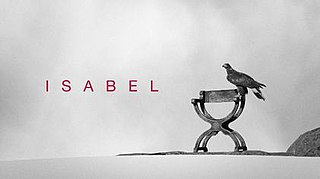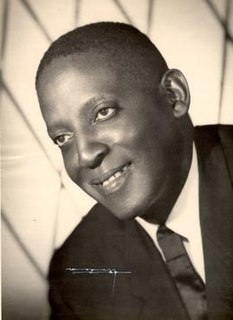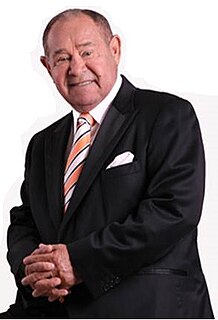Los Cuñaos | |
|---|---|
| Origin | Venezuela |
| Genres | Traditional, pop |
| Years active | 1974–Present |
| Labels | CBS–Columbia |
| Associated acts | Roberto Carlos María Teresa Chacín Aldemaro Romero El Trabuco Venezolano |
| Members | Founding group Alí Agüero José Ramón Angarita Fanny Barrios Ofelinda García Carlos Moreán Gonzalo Peña Maricruz Quintero Zenaida Riera Others Meiver Acuña Germán Freytes Luis Manuel Frómeta Leonor Jove Carlos Landáez Franklin Mendoza Elizabeth Quintanales Candy Rojas Edgar Salazar José Sifontes Daniel Somaroo |
Los Cuñaos[coo-nyah'-os] is an eight-part vocal group established in Caracas, Venezuela in 1974. Their repertoire is based on popular Venezuelan songs adapted to their own unique style of singing, performing a crossover of traditional and pop genres while contrasting their work with rich and warm harmonies. [1]

Caracas, officially Santiago de León de Caracas, is the capital and largest city of Venezuela, and centre of the Greater Caracas Area. Caracas is located along the Guaire River in the northern part of the country, following the contours of the narrow Caracas Valley on the Venezuelan coastal mountain range. Terrain suitable for building lies between 760 and 1,140 m above sea level, although there is some settlement above this range. The valley is close to the Caribbean Sea, separated from the coast by a steep 2,200-metre-high (7,200 ft) mountain range, Cerro El Ávila; to the south there are more hills and mountains. The Metropolitan Region of Caracas has an estimated population of 4,923,201.
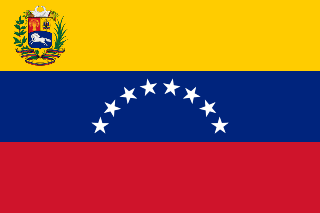
Venezuela, officially the Bolivarian Republic of Venezuela, is a country on the northern coast of South America, consisting of a continental landmass and a large number of small islands and islets in the Caribbean Sea. The capital and largest urban agglomeration is the city of Caracas. It has a territorial extension of 916,445 km2. The continental territory is bordered on the north by the Caribbean Sea and the Atlantic Ocean, on the west by Colombia, Brazil on the south, Trinidad and Tobago to the north-east and on the east by Guyana. With this last country, the Venezuelan government maintains a claim for Guayana Esequiba over an area of 159,542 km2. For its maritime areas, it exercises sovereignty over 71,295 km2 of territorial waters, 22,224 km2 in its contiguous zone, 471,507 km2 of the Caribbean Sea and the Atlantic Ocean under the concept of exclusive economic zone, and 99,889 km2 of continental shelf. This marine area borders those of 13 states. The country has extremely high biodiversity and is ranked seventh in the world's list of nations with the most number of species. There are habitats ranging from the Andes Mountains in the west to the Amazon basin rain-forest in the south via extensive llanos plains, the Caribbean coast and the Orinoco River Delta in the east.
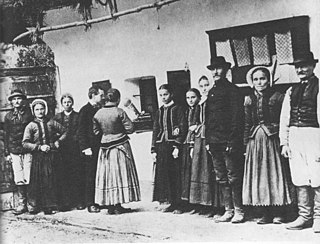
Folk music includes traditional folk music and the genre that evolved from it during the 20th-century folk revival. Some types of folk music may be called world music. Traditional folk music has been defined in several ways: as music transmitted orally, music with unknown composers, or music performed by custom over a long period of time. It has been contrasted with commercial and classical styles. The term originated in the 19th century, but folk music extends beyond that.













